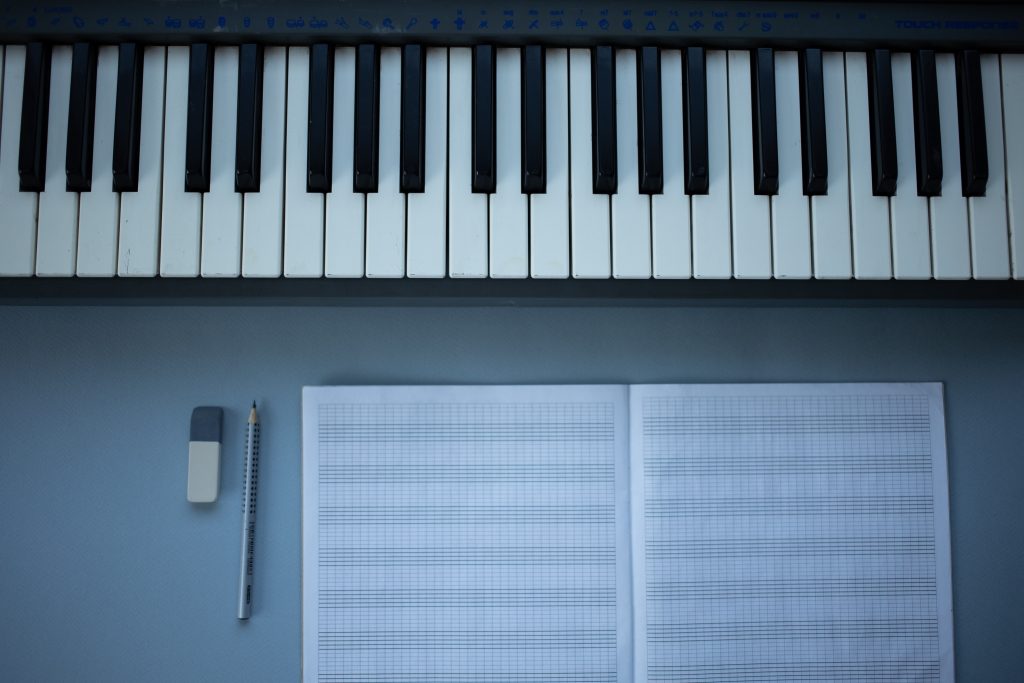Scales are one of the foundational elements in music. Many pianists use them as warm ups not only because they are a great technical exercise, but also because they are found everywhere in piano pieces, for example in Bach or Mozart. Practicing them will greatly improve your technical skill and geographical understanding of the keyboard.
In this article, you can learn how to get a handle on your scales in no time at all if you follow these three simple tips.
1. Stop at each of the octave marks.
Most students have no trouble playing the first octave. They often bump into problems when they need to play 2 to 4 octaves together. Your fingers are confused about how to go from one octave to the next. Stopping at the octave marks will give your brain time to think about which notes are coming next. After doing this more, you will eventually be able to play through many octaves without pauses.
I recommend you do as you’re running up your scales, stop at the octave marks and think before you move on to the next octave.
Let me show you what I mean.
2. Descending first, then ascending.
Descending is often not as practised as Ascending. Start with descending and then end with ascending to balance the level of proficiency out and challenge your brain to think about it differently.
You must go down and up in a more balanced way. Here’s an example:
3. Practice blind.
Playing scales with your eyes closed will help you understand how the scale feels in your fingers. It will challenge you and upon conquering this challenge, your scales will be stronger.
It’s a fun experience and you’ll also be able to feel each finger move up and down at the same time.
Here, take a look at how you can try it:
I hope you’ve enjoyed this blog post about how to learn scales as fast as possible. If you want to learn more piano tips, then be sure to subscribe to my YouTube channel or read some of the other articles on my website!
Which topic would you like me to talk about next? Let us know in the comments below.

